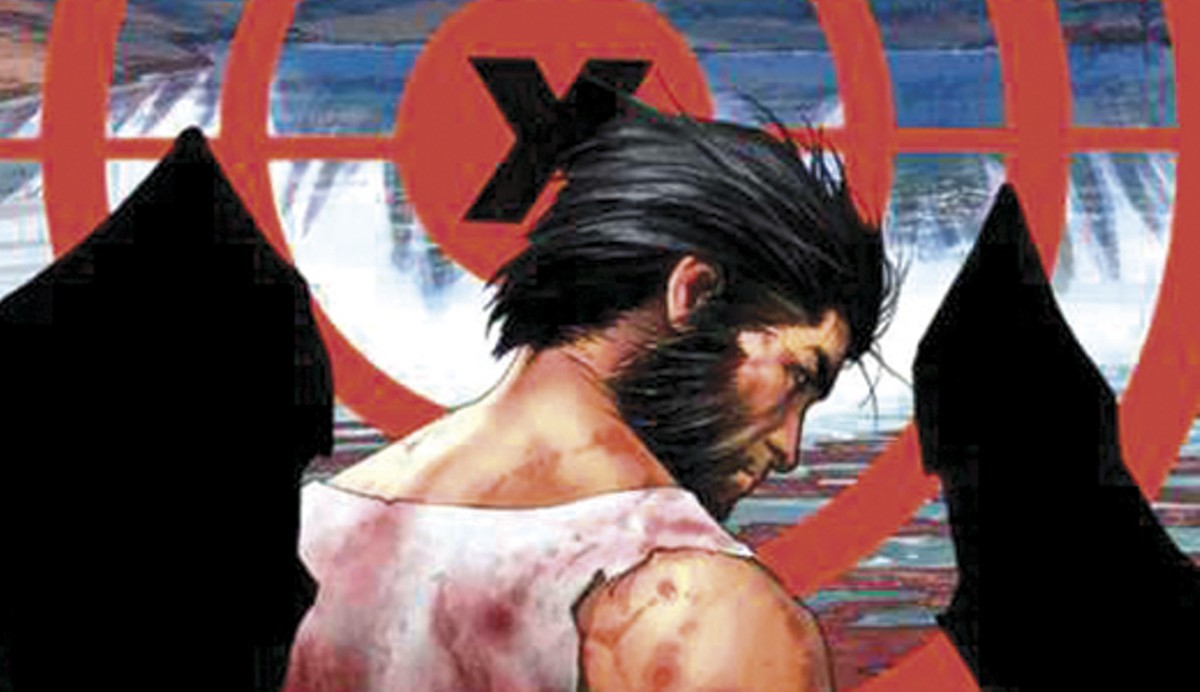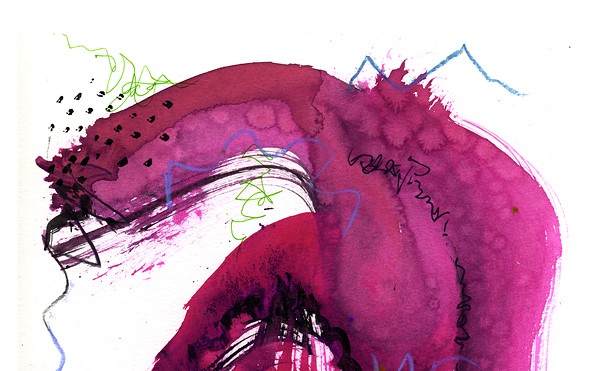How do you kill a seemingly immortal mutant with a healing factor? Wolverine has been the subject of illegal experimentation, mind-controlled by evil terrorist organizations and even sent to hell and back to be tormented by the devil, but no one has yet struck the final death blow.
Until Louisville native Jay Leisten and his crew got hold of the character, that is. As an inker, Leisten is part of the art team at Marvel Comics that worked on the recent “Death of Wolverine” series that saw the famous mutant stripped of his signature regenerative abilities in the fight of his life — one that he ultimately lost in in the series’ final October 15 issue.
So how do you get involved with the comic book industry in the first place? Leisten explains, “I met some friends at Manual [High School] who wanted to do comics, and started drawing alongside them. Pen and ink was always my best skill as an artist, so I inked the other group members’ work for them sometimes. After going to college at a few different places, I wrapped up a degree in architectural drafting at Sullivan and began working for Mindel Scott and Associates, doing illustrations for city planning meetings and presentations. After a few years, I was offered an internship in California at Top Cow, a comics studio, where they used me as a background artist and inker.”
Despite his roaming, Leisten is still proud to call Louisville home. Of his relationship to his hometown, he says, “We have a pretty good collection of stores and fans. I can’t say its the most supportive city for what I do, as I’ve known several artists and writers from the comics scene nationally who are from here or have an attachment to the city, but chose to live elsewhere as the mainstream art scene doesn’t really seem to take much interest in what we do and the growth opportunities are in other places. Clearly we incubate artistic quality through our schools and places like Preston Arts [Center], but there’s something keeping us from planting long-term roots here. I try to be an ambassador for the city to bring more artists to visit. Maybe someday soon we could be a place where fellow pros choose to be?”
Leisten has worked around of some of the greatest pencilers and writers in the industry, like rising star Charles Soule, the “Death of Wolverine” writer, and superstar penciler Steve McNiven, who has worked on smash hits like “Old Man Logan,” which crossed Wolverine with the movie “Unforgiven” to incredible effect, or “Civil War,” a storyline set to be translated into the next “Captain America” movie. As the sole artist, Leisten is responsible for the cover of the self-titled debut album by Louisville rockers The Decline Effect, although he prefers to stick with what he considers his strengths. Regarding his pursuit of inking, Leisten says, “I’m always open to penciling, but at one point I had to decide on being a mediocre penciler or a star inker. That’s not an ego statement so much as a point where I reached a crossroads, where those were my two options.”
What is the difference? Leisten says, “A penciler does the initial drawing where all the figures, backgrounds and costumes are in place, then the inker comes in with India ink to make the drawing black and easier to read while tightening up the drawing and making any corrections needed to add depth and texture. The colorist then adds color for the specific costumes, skin, backgrounds, etc.”
Regardless, Leisten is always willing to help his colleagues finish a page. The inker says he will “do what’s called finishing fairly often — where a penciler will do the roughest of ideation for a page and I then [will] pencil and ink it. I’ve also penciled my own personal projects at times, as well as done small coloring jobs.”
With so many pens in his inkpot, Leisten has had a hand not just in the art, but also in the storytelling that is part and parcel to his work — however subtle his touch. He says, “Sure, I have helped contribute to story development at times. It’s hard to pinpoint specific moments, as usually that is an organic thing that happens in the early email stages or lunch meetings during trips to conventions where a lot of that takes place.”
For Leisten, his growth as an artist is no different than his role as an inker being an integral job in finishing the final product in any graphic narrative. He notes of his own evolution, “I don’t really separate the two. Inking is the art, so it’s more a matter of using other art to give whatever effect is needed in the black-and-white image.”
That the majority of Leisten’s work has been largely through Marvel is not unintentional. Marvel has spent a good deal of time fostering an open, creative environment that has paid off in dividends with some of the most engaging books, some of which have even been developed into some of the most popular movies of the last five years. It’s an arrangement that has worked well for Leisten. “I often work for other publishers,” he says, “but Marvel has always been my regular source of work, and my relationships within the company have grown over the last 15 years.”
Of course, in a lot of instances, this relationship between creator and publisher is contractual — although for Leisten, there is some pleasure in the business end of things. He says, “Contracts are nice, as is working with editors you like. Editors can switch from time to time, so I will occasionally follow an editor to new projects. My work is better with some artists, and we may have worked together for years so it’s more symbiotic, thus resulting in a more streamlined process and efficiency.”
It all pays off in the end. Over the years, Leisten has worked on some pretty cool projects, ranging from the more mainstream books like “Uncanny Avengers” or “X-Men” to smaller projects like “Moon Knight.” Of his accomplishments, Leisten believes, “I’d say ‘Death of [Wolverine]’ and ‘Uncanny X-Men 500’ were the two that stand out to me.” Of his missed opportunities, “I’ve certainly had projects fall through, but that happens all the time, so I try not to dwell on it.”
Staying as busy as he does, Leisten has to keep a strict account of his time. He explains of his day-to-day discipline, “I’m pretty controlled about my scheduling, especially with all the travel, and [the] communication nationally and internationally with my partners.”
As for killing Wolverine, Leisten was excited to do it. When asked about his role in offing one of Marvel’s top characters, he replies, “As a big fan of the character, I wanted to be there for this. It’s a character that has been a part of many milestones in my career and life arc, before comics, so it was a great honor to be a part of it.”






